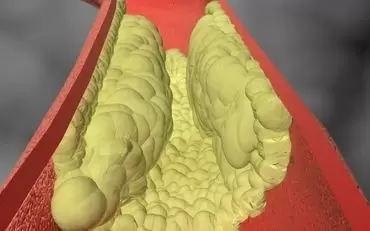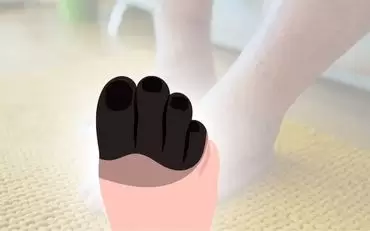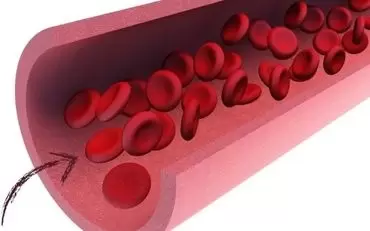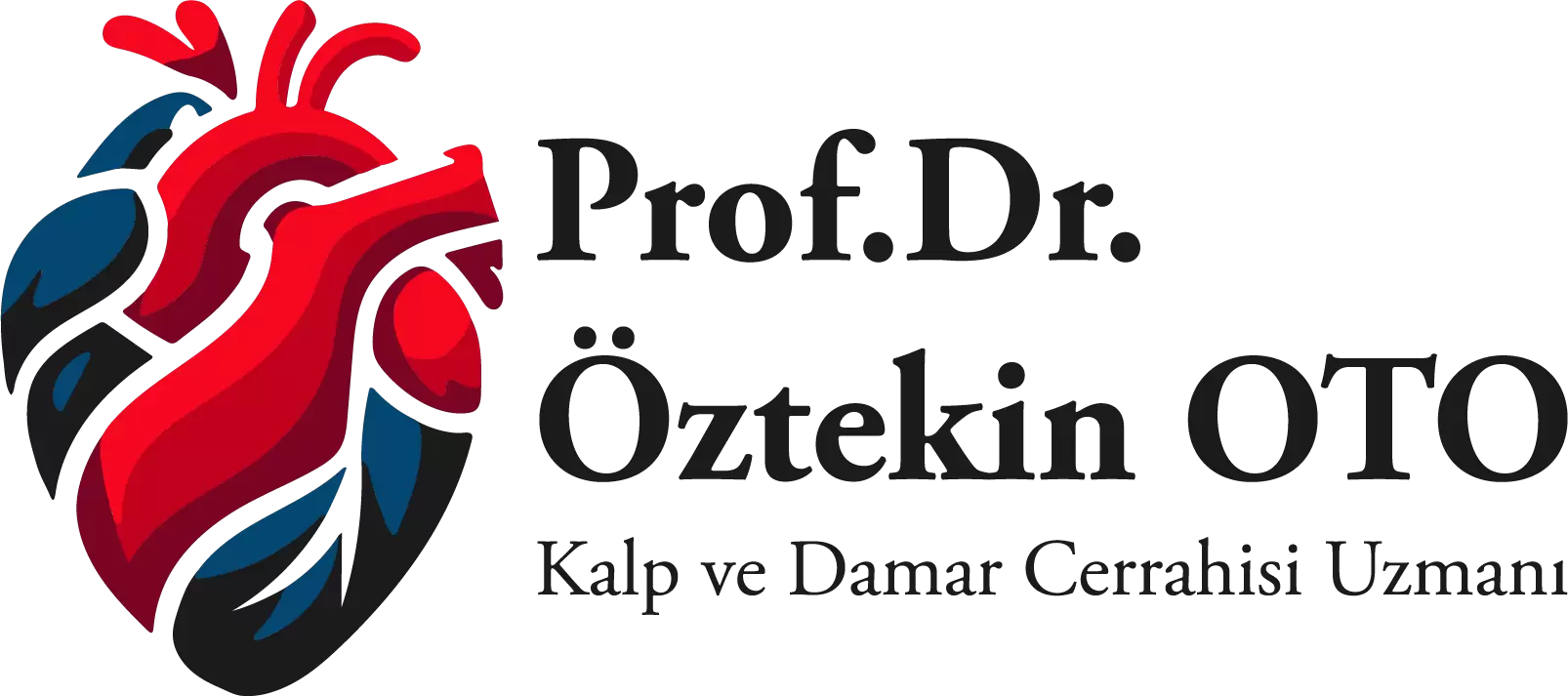29 Oca
Treatment of Varices by Endovenous Laser
Son değiştirilme tarihi: 16 Oca 2026
As a serious vascular disease, many diagnosis and treatment methods have recently been developed for varices. The endovenous laser appears as an effective treatment method after its introduction into practice in 2000’s.
Endovenous laser is applied in treatment of superficial varices developing due to symptomatic saphena magna insufficiency. Varices occurring in superficial veins of the lower extremities are seen in 15% of men and 25% of women. Patients applying with complaints of varixcan only be diagnosed after proper assessment of their family history and a thorough physical examination. The venous system of a healthy individual is comprised of superficial, deep and perforating components. In case of either one of these components not working efficiently and regularly, the entire system may suffer from insufficiency.
Venous insufficiency is more common in the male gender than in female. Predisposing factors of this problem can be listed as follows:
- Being above ideal weight,
- Constipation,
- Traumatic events,
- Occupational factors (being employed in jobs requiring long time in standing or sitting position)
Diagnosis of venous insufficiency is made in the standing position followed by abdominal and pubic examination and color Doppler ultrasonography. This way, one may identify the structure of the insufficient vein, the location of varices and presence of a clot finally deciding on the most suitable treatment method.
Treatment Principles of Primary Varicose Veins in Lower Extremities
Varices that become evident in lower extremities affect the individuals in terms of both cosmesis and quality of life. Although they present only cosmetic problems at the initial stages, varices tend to impact the quality of life in time causing symptoms such as pain, heaviness, swelling, itching and numbness. Untreated varices of the lower extremities cause wounding in time requiring longer and more challenging treatments.
Varix treatment is based on the principle of closing the insufficient vein and leak(s) that cause varices. Vena saphena magna and saphenofemoral joint are generally responsible for venous insufficiencies of the lower extremities. Therefore, the priority of varix treatment is first to avoid these structures.
Surgical treatment of varices presents some risks. There is also a higher chance of recurrence in surgical treatment compared to non-surgical options. Surgical treatment of varices requires anesthesia and hospitalization. Non-surgical methods, on the other hand, not only present a smooth process for the patient and the doctor but also provide quite satisfactory results.
Endovenous laser, generally performed in venous insufficiency of the lower extremities was first defined in 1998. The treatment aims at ablating the insufficient vein by laser power.
Laser technology is a method of creating a sort of light energy (LASER - Light Amplification by the Stimulated Emission of Radiation) and has been in use since 1960’s. The proper length and amount of wave as well as tissue selection are quite critical in laser treatment of any health problem. The wavelength used for endovenous procedures is 980 nm. Laser power is carried to the insufficient vein by way of a fiber optic cable. Endovenous laser treatment is pretty convenient for vena sephana magna and its branches as well as reticular veins, telangiectasias, varicose veins and venous ulcers.
Endovenous laser treatment should be applied in technically competent clinics. This treatment is applied in non-hospitalized setting with the feeling of pain at the minimal level. Since no incision or suture is required, endovenous laser presents quite a comfortable method presenting a low risk of complication.
Advantages of Endovenous Laser
As a preferred minimally invasive alternative to traditional surgical methods, endovenous laser is a method of choice for many patients. The fact that there is no need for anesthesia during the procedure avoids anesthesia-related problems. Also, economically speaking, the procedure is quite cost-effective since it is applied in a non-hospitalized setting that does not require any hospital admission. Endovenous laser can also be applied to patients who have fear of surgery or who are under the risk of putting their health status at stake by surgery providing a relatively shorter time of recovery and return to daily routine.
Related Articles

What is LDL Cholesterol?
LDL cholesterol is also named as the bad cholesterol. After the age 20, everyone must have their LDL..
Read More
What is Gangrene?
Gangrene is described as tissue death caused by decreased blood flow or certain infections at a cert..
Read More
Venous Insufficiency (Venous Reflux)
Veins are functional vessels taking part in redelivery of deoxygenated blood back into the heart. Th..
Read More




